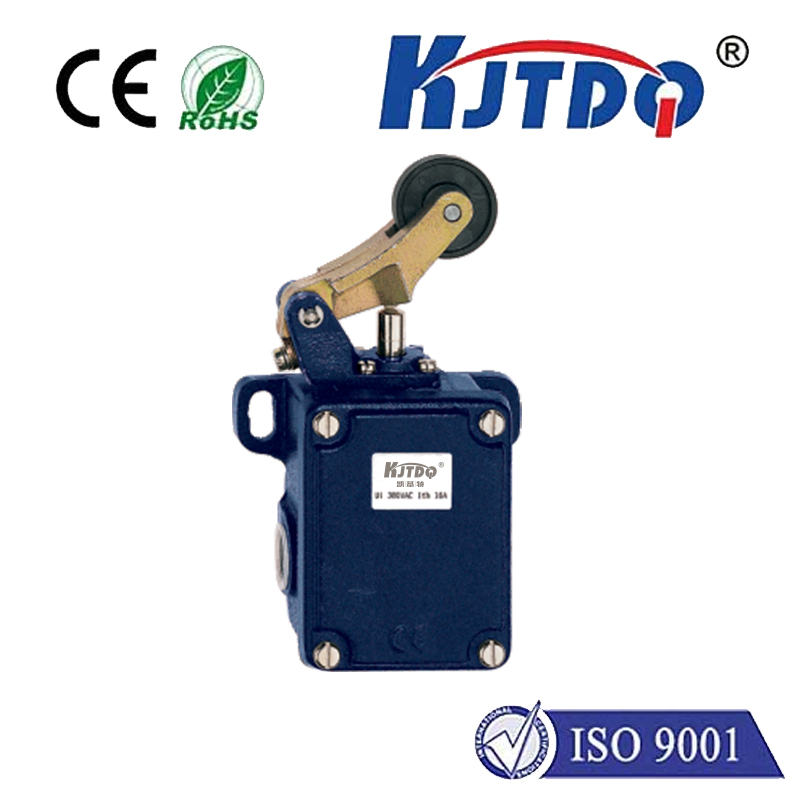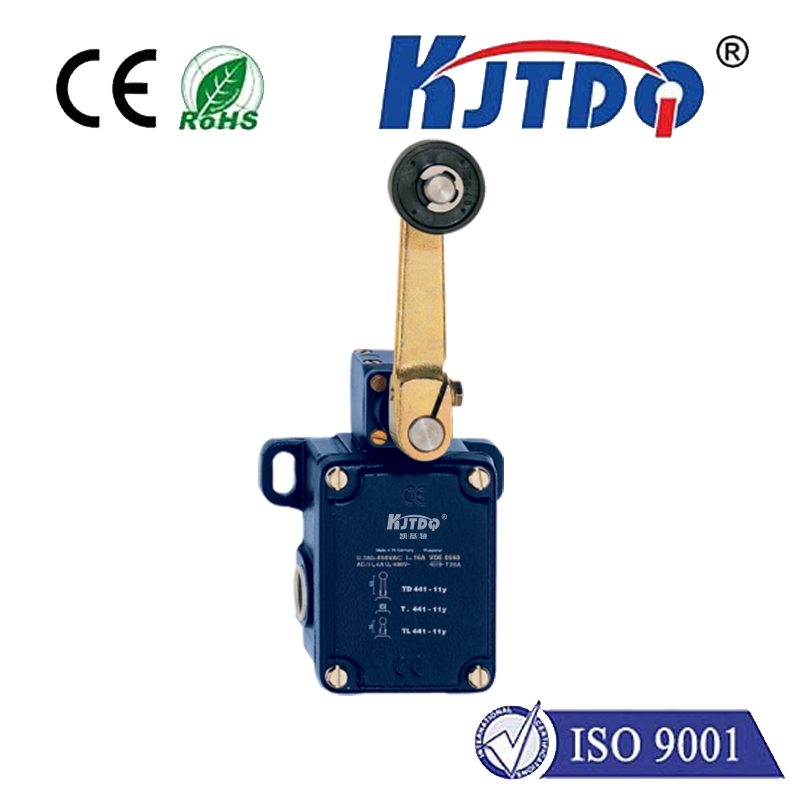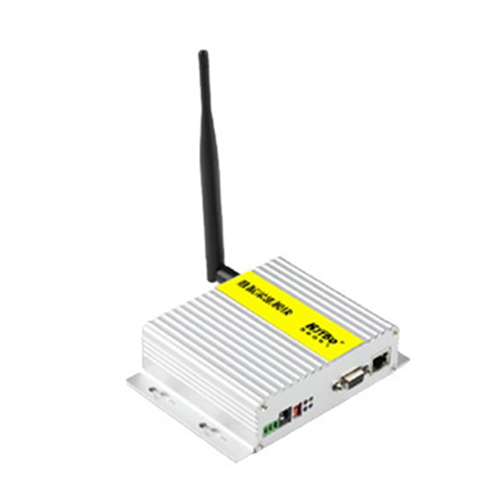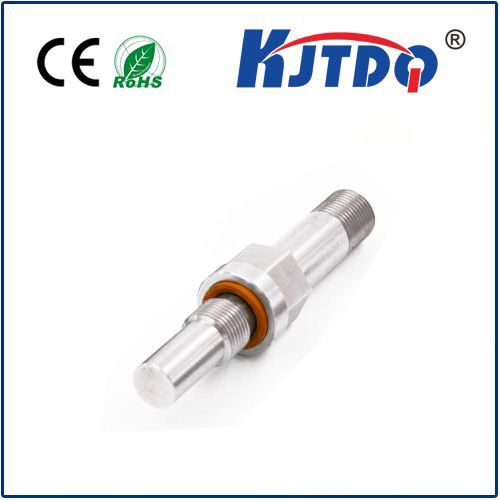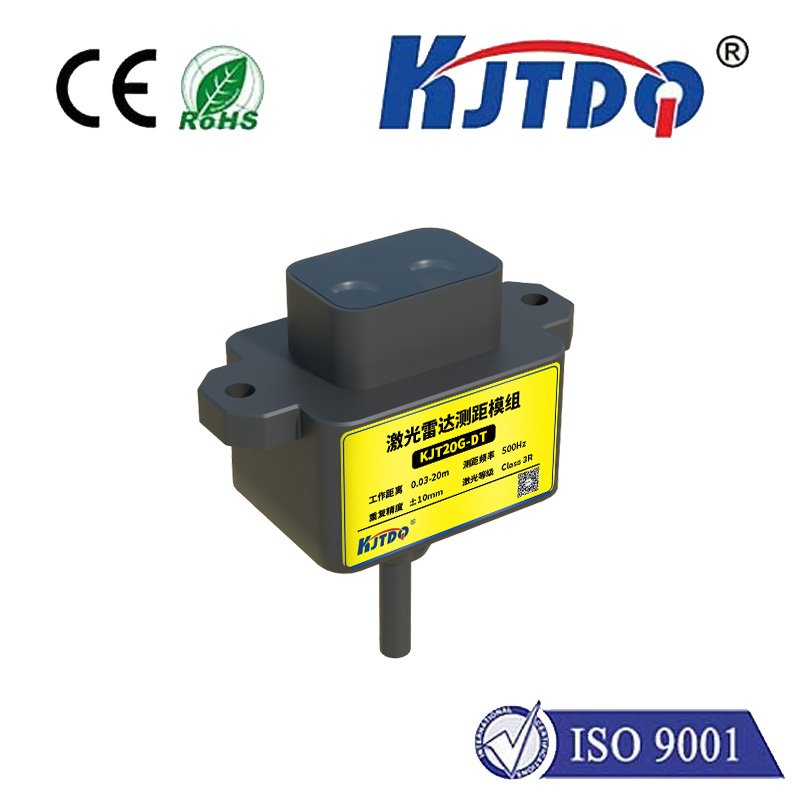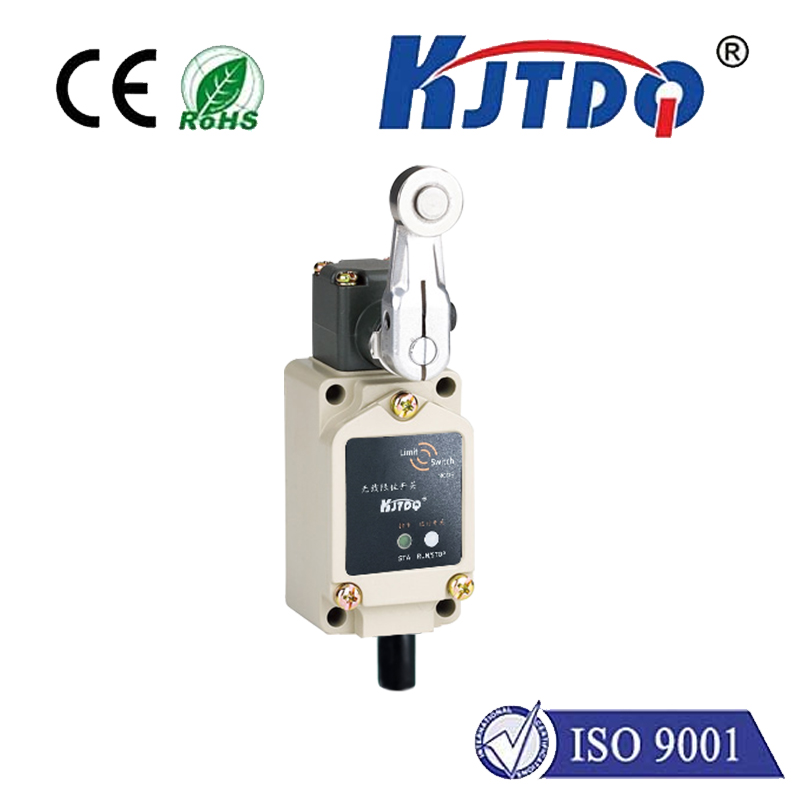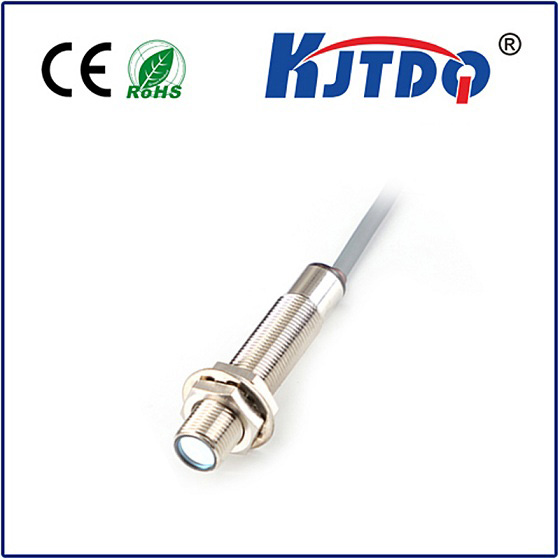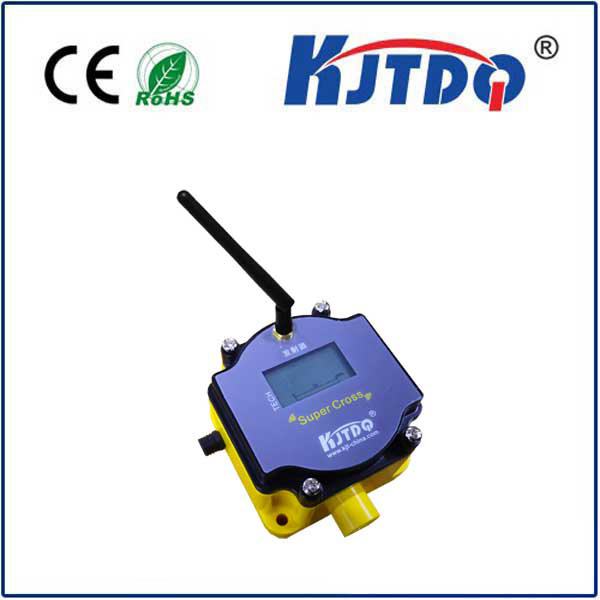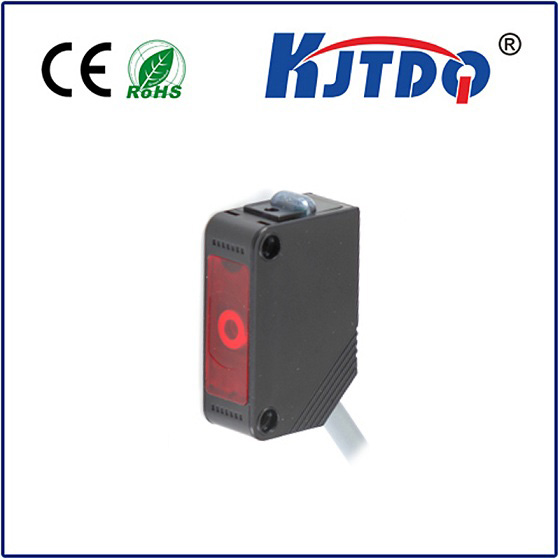sensor ultrasonic
- time:2025-08-13 14:46:53
- Нажмите:0
Ultrasonic Sensors: The Invisible Echoes Powering Modern Detection
In a world increasingly driven by data and automation, sensing the environment accurately is paramount. Imagine technology inspired by nature’s own sonar experts – bats and dolphins – capable of “seeing” through darkness, fog, or visually obstructive surfaces. This is the remarkable power of the УЗИ ультразвуковой датчик, a versatile and often unsung hero silently enabling countless applications across diverse industries. From ensuring your car parks safely to guaranteeing precise liquid levels in a chemical plant, these devices harness inaudible sound waves to measure distance, detect objects, and provide critical non-contact feedback.
Understanding the Fundamental Principles
At its core, an УЗИ ультразвуковой датчик operates on a simple yet elegant principle: echolocation. It functions much like a bat navigating the night sky:
- Emission: A specialized transducer within the sensor (often piezoelectric) emits a burst of high-frequency sound waves, typically in the range of 20 kHz to several hundred kHz, far above the human hearing threshold (~20 kHz).
- Propagation: These ultrasonic waves travel through the air (or other mediums like liquid) at the speed of sound (approximately 343 meters per second in air at room temperature).
- Reflection: When these sound waves encounter an object in their path, they bounce back towards the sensor. The nature of the reflection depends on the object’s size, shape, material, and angle relative to the sensor.
- Reception: The same transducer (or sometimes a separate receiver) detects the returning echo.
- Calculation: The sensor’s internal electronics measure the time-of-flight (ToF) – the time interval between emitting the sound pulse and receiving its echo. Using the known speed of sound, the sensor calculates the distance to the object with the formula: Distance = (Speed of Sound × Time of Flight) / 2. The division by two accounts for the sound wave traveling to the object and back.
Why Ultrasonic Sensors Stand Out: Key Advantages

Several inherent characteristics make ultrasonic sensors exceptionally valuable:
- Non-Contact Measurement: They measure distance or detect objects without physical touch. This is crucial for measuring delicate surfaces, avoiding contamination, or handling moving objects.
- Material Independence: Unlike optical sensors, ultrasonic detection generally works reliably on a vast range of materials – solid, liquid, granular, transparent, or highly reflective – as long as the surface can reflect sound waves reasonably well.
- Robust Performance in Challenging Environments: They perform consistently in conditions that baffle optical sensors: dust, fog, smoke, darkness, and even direct sunlight. Sound waves are largely unaffected by these visual obstructions.
- Cost-Effectiveness: Compared to many laser-based or complex vision systems, ultrasonic sensors offer a highly reliable and accurate solution at a relatively low cost.
- Solid Object Detection: They excel at detecting solid objects, making them ideal for presence detection, level sensing (especially liquids and bulk solids), and distance measurement in industrial settings.
- Internal Processing: Many modern sensors incorporate microcontrollers capable of handling complex signal processing (like noise filtering and averaging) directly on the device, simplifying integration.
Diverse Applications: Where Ultrasonic Sensing Shines
The unique capabilities of ultrasonic sensors have led to their widespread adoption:
- Промышленная автоматизация: Foundational for:
- Object Detection & Counting: On conveyor belts, assembly lines, packaging machines. Detecting boxes, bottles, parts reliably.
- Precise Distance Measurement: In robotics for collision avoidance, positioning, and guidance.
- Level Monitoring: Tank level control for liquids (water, chemicals, fuel) and solids (grains, powders, pellets). Critical for process control and inventory management.
- Web & Cable Sag Measurement: Ensuring consistent tension in rolling mills or cable production.
- Automotive Safety & Convenience: Essential for:
- Parking Assistance Systems: The familiar “beeps” guiding drivers into tight spots rely on ultrasonic sensors detecting obstacles.
- Blind Spot Detection (BSD) & Lane Change Assist (LCA): Enhancing driver awareness.
- Automatic Braking Systems: Contributing to collision avoidance at low speeds.
- Consumer Electronics & Smart Homes:
- Robotic Vacuum Cleaners: Navigation and obstacle avoidance.
- Gesture Recognition: Detecting hand movements near devices.
- Smart Lighting: Activating lights based on occupancy detection.
- Tank Level Indicators: For water softeners, humidifiers, etc.
- Medical Technology: Used in:
- Respiratory Devices: Monitoring breathing patterns.
- Liquid Level Sensing: Precise control in infusion pumps and dialysis machines.
- Non-Invasive Measurement: Research applications for flow or proximity.
- Smart Cities & Infrastructure:
- Traffic Monitoring: Vehicle detection at intersections.
- Parking Space Availability: Sensing occupied/vacant spots in garages.
- Water Level Monitoring: In rivers, reservoirs, or flood warning systems.
Important Considerations: Range, Accuracy, and Environment
While highly versatile, УЗИ ультразвуковой датчик performance is influenced by several factors:
- Measuring Range: Varies significantly, from a few centimeters to over 10 meters. Selecting a sensor with the appropriate range for the application is crucial.
- Accuracy & Resolution: Accuracy (closeness to true value) and resolution (smallest detectable change) depend on sensor quality, signal processing, and environmental conditions (especially temperature, which affects the speed of sound). High-precision sensors often incorporate temperature compensation.
- Beam Angle: The emitted sound wave forms a cone. The beam angle determines coverage width. A narrow beam offers long-range precision; a wide beam is better for general presence detection over a larger area near the sensor.
- Target Properties: Very soft, absorbent materials (like thick felt) or objects at extreme angles may reflect sound poorly, potentially leading to missed detections. Small objects or fine wires might fall below the detection threshold.
- Acoustic Noise: Loud environments with strong ultrasonic components (e.g., high-pressure air vents, certain machinery) can potentially interfere with sensor readings.
- Temperature Limits: Extreme cold or heat can affect transducer performance and speed of sound calculations.
Technical Specifications Demystified
When selecting an УЗИ ультразвуковой датчик, key specs include:
- Operating Frequency: Common frequencies are 40 kHz, 58 kHz, 120 kHz, 200 kHz, or higher. Lower frequencies generally offer longer range but wider beam angles and potentially greater susceptibility to noise. Higher frequencies provide narrower beams and better resolution for close-range applications but shorter range.
- Measurement Range (Min/Max): Defines the operational distance window.
- Resolution: The smallest distance change the sensor can reliably detect.
- Accuracy: Stated as a value (e.g., ±1 mm or ±0.5% of reading) often under specified conditions.
- Beam Angle: Usually specified at the -3dB point (where signal strength halves), defining the detection cone.
- Output Type: Analog (voltage/current proportional to distance), digital (on/off switch, PWM), or serial communication (RS232, RS485, Modbus, IO-Link). IO-Link is increasingly common, enabling advanced diagnostics, parameterization, and integration into Industry 4.0 networks.
- Housing & Protection Rating: Crucial for environmental resilience (e.g., IP65, IP67, IP69K for dust/water resistance).
From

